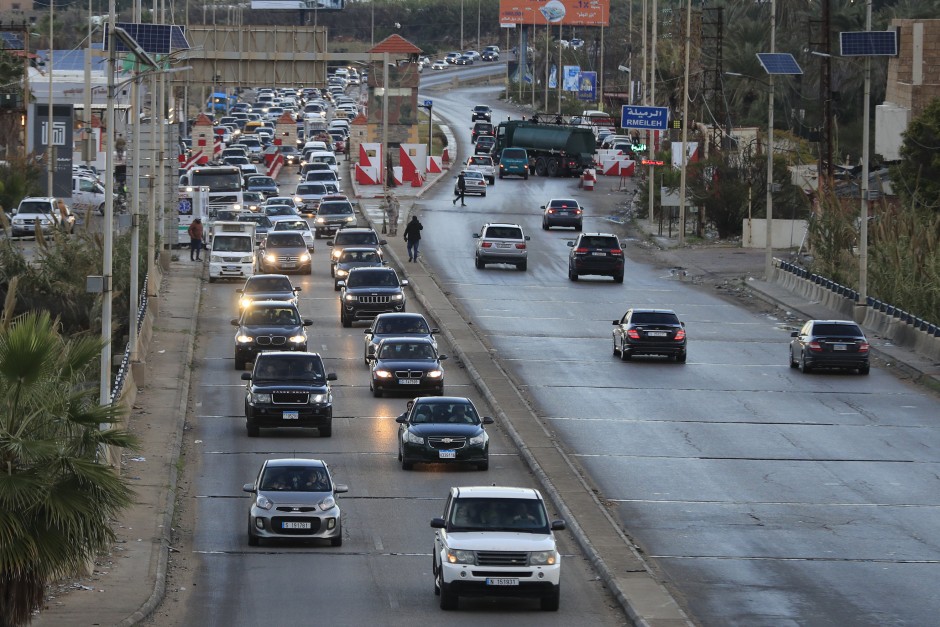
The Lebanese army said on Wednesday morning that it was preparing to deploy in the border area, where a contingent would help enforce compliance with the ceasefire. However, parts of the southern Lebanese combat area were not yet accessible to civilians. “The army command asks citizens to wait until their withdrawal from the villages and towns along the front line where the Israeli forces have entered,” the Lebanese Armed Forces said. More than a million people had fled Hezbollah-controlled areas in southern Lebanon, the Bekaa Valley and the southern suburbs of Beirut. People returned there too.
Meanwhile, according to a minister close to Hezbollah, the clean-up work has begun. At 7 a.m. local time – three hours after the ceasefire began – work began in the southern suburbs of Beirut, said Acting Minister of Public Works and Transport Ali Hamija. The aim is to reopen roads from the destroyed suburb of Haret Hreik to Beirut. Reconstruction has also begun on the main road that leads from the Lebanese capital to Syria.
According to eyewitnesses, excavators and clearing vehicles were already in use early in the morning to clear debris in the southern suburbs of Beirut. Israel's army massively expanded its air strikes against Hezbollah in Lebanon in September and repeatedly bombed the southern suburbs, causing numerous buildings to collapse. After these attacks, construction vehicles had already removed some of the rubble.






